The duel between Sir Lewis Hamilton and Max Verstappen for this year’s Formula 1 title has included several contentious moments, the latest in Brazil recently when the pair were battling for the lead.
Mercedes-AMG’s British ace tried to pass his rival around the outside at Descida do Lago, but the Red Bull man rebuffed the manoeuvre, resulting in both running wide out of the corner and nearly touching.
Did Verstappen deliberately run Hamilton wide to force him to back out? Or was he ahead going into the corner and therefore entitled to pick his line? The stewards investigated and eventually ruled that no further action was required.
End of, then? Of course not. Mercedes and Red Bull have kept on squabbling about whether Verstappen’s defence was fair racing or dangerous driving, as have fans on social media. And it’s confusing, given that F1 stewards have penalised similar moves in the past.
F1 race director Michael Masi suggested that Verstappen was let off due to a general principle to ‘let them race’, which is a sound sentiment but one lacking in detail.
The big problem is that it isn’t really clear to most people watching what exactly the standards are. Even the handful of rules established over the years – such as the ‘one-move’ rule when defending on the straights or how far alongside another car a driver has to be to have a claim to a corner – are somewhat open to interpretation.
They also create further problems, such as legitimising drivers in making often hugely aggressive blocking moves to cut a rival’s momentum on high-speed straights.
I like the philosophy of ‘let them race’, being of the view that any race should be decided on the track and not in the stewards’ room. It’s frustrating that Hamilton and Verstappen’s near miss took away some of the focus from Hamilton’s amazing drive.
However, I also know that it isn’t practical. If we’re going to have close on-track battling in high-speed F1 cars (and with next year’s new rules package, we will hopefully get even more), there needs to be a basic set of standards. And, crucially, it needs to be applied consistently.

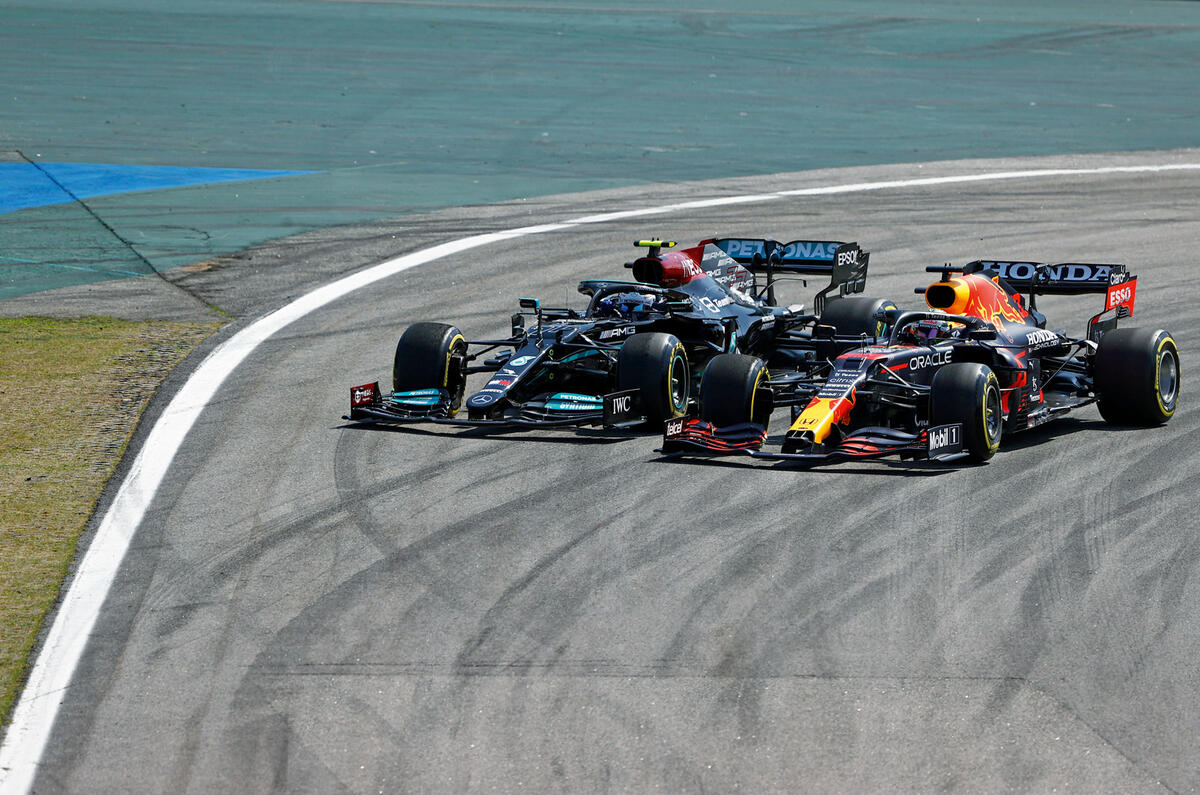
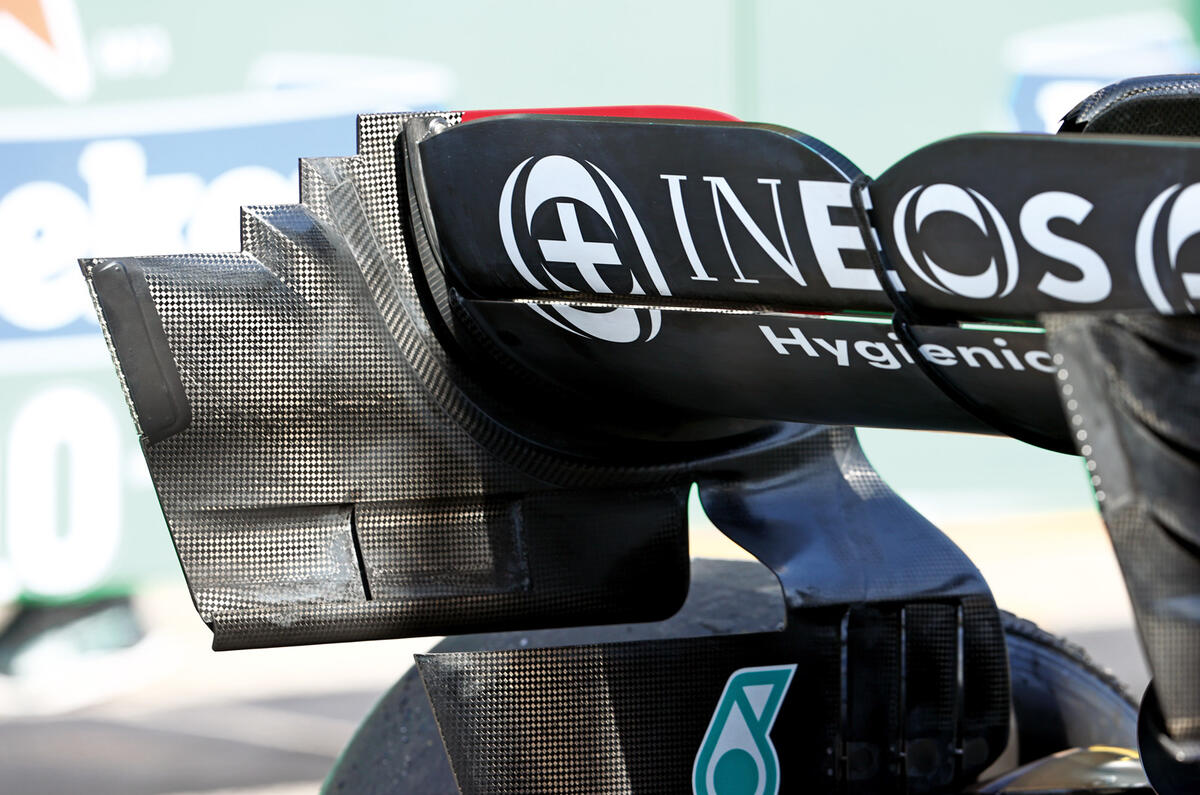
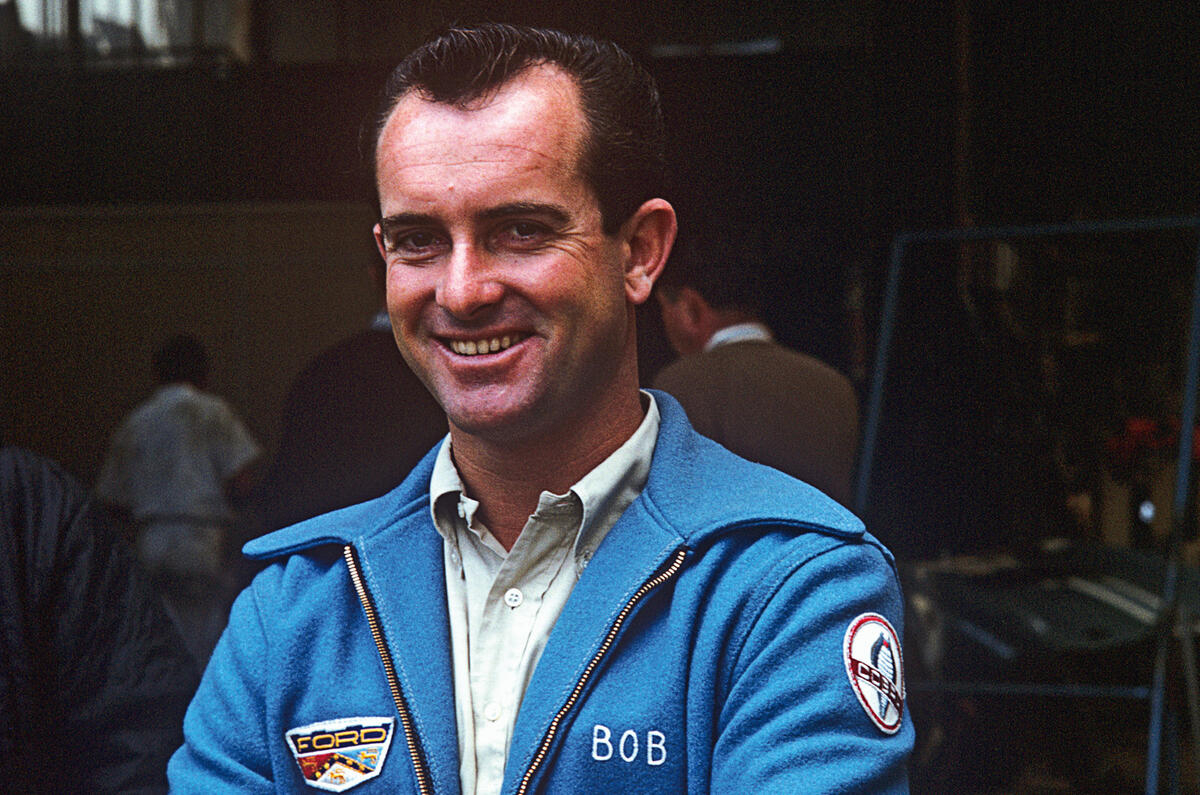




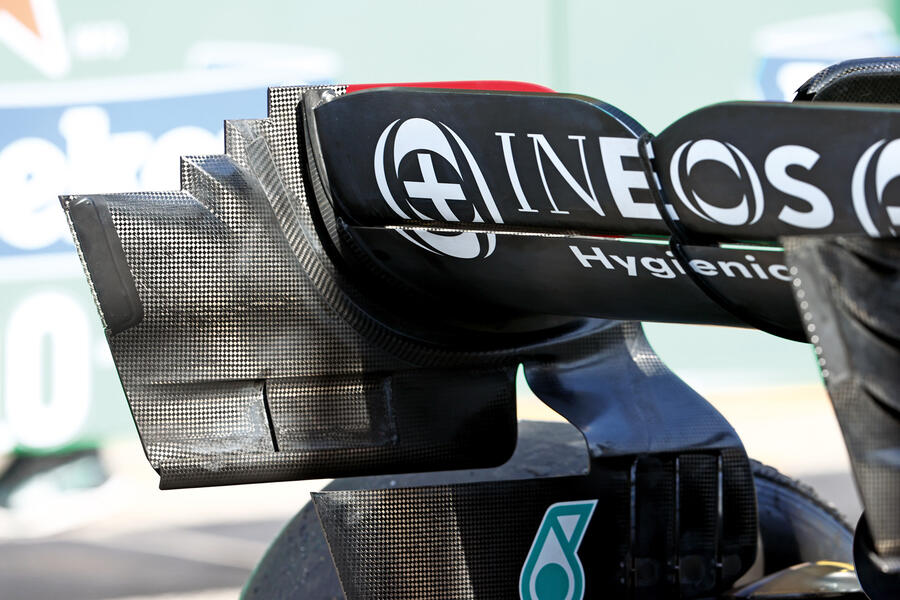
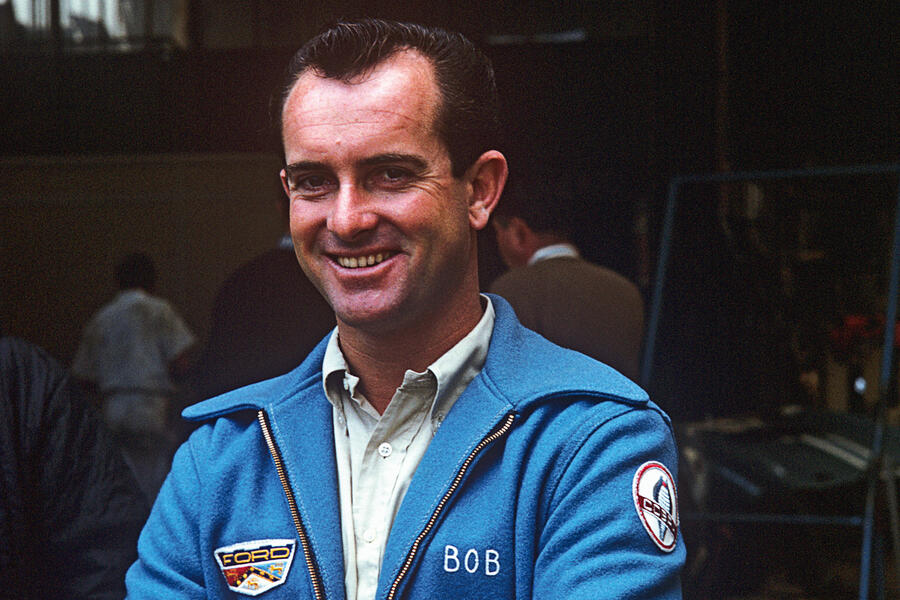






Join the debate
Add your comment
And here we are a week later, we've had a race, or have we had a fiasco?, the track was boring, typical flat technical lined with huge safety barriers and run off areas to scare the drivers, there'd been major crashes in the F2 before this race, so it was kind of expected there'd be some in this one, Verstappen?, if he could control the adrenaline in the high stress situations, mature even, he'd have won this championship by now, but, what I really think sours this sport these days is the off Track politics, the mind games strategy.
If only Damon Hill had been that little bit more thoughtful when he came across Schumacher he would have had 2 F1 championships, luckily Lewis has the reactions of a cat and avoided the crash that Max wanted. He even remarked that "we tried evrything today" or words to that effect after the race. After all Michael Schumacher got to keep his world championship after deliberately driving his car into Damon Hill. Schumacher even tried the same thing again with Jacques Villeneuve after finding it quite a good way to put your rival out with no penalties from the governing body.
It's very simple.
The track needs simply 2m wide slippery surface outside.